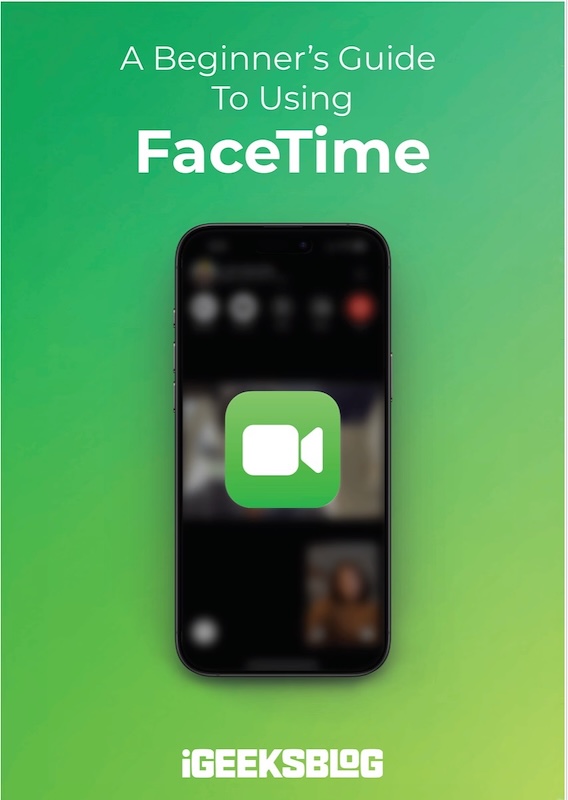
FaceTime Like a Pro
Get our exclusive Ultimate FaceTime Guide 📚 — absolutely FREE when you sign up for our newsletter below.

FaceTime Like a Pro
Get our exclusive Ultimate FaceTime Guide 📚 — absolutely FREE when you sign up for our newsletter below.
Canva unifies Affinity’s design suite into a single free app for Mac and Windows, blending professional-grade tools with optional AI features and cross-platform integration.
Affinity, under the ownership of Canva since a recent acquisition, combines its popular design applications Affinity Designer, Affinity Photo, and Affinity Publisher into a single, free app for both Mac and Windows users. This unified app will take over from the existing separate products, maintaining all key features.
The newly minted app, known simply as Affinity, integrates the functionalities of all three former apps, allowing users to switch effortlessly among Vector, Pixel, and Layout modes with a single click. These modes deliver the same capabilities offered by Affinity Designer, Photo, and Publisher, now housed within a seamless workspace. Canva has redesigned the app considerably, featuring customizable toolbars to let users tailor their workspace as they see fit. Users also have the option to save and share their customized spaces, aiming to streamline team workflows.
Canva underscores that Affinity will be offered free of charge, forever, with no strings attached for core features. Access requires only a basic, free Canva account. However, those subscribed to Canva Premium gain access to advanced AI-enhanced functionalities like Generative Fill and Remove Background, alongside quick image expansion.
For those who have previously purchased the older Affinity apps, these will remain operational, although they’re now absent from Affinity’s website. While Mac and Windows versions of this new app are already available, iPad users will have to wait until 2026 for their version. Meanwhile, existing iPad apps will continue to function without disruption.
The revamped Affinity app introduces a universal file format compatible with all design workflows, simplifying the process of editing and exporting designs without the hassle of converting formats. The app also integrates seamlessly with Canva, ensuring smooth sharing and exporting between both platforms. Moreover, those paying for Canva’s services can employ AI-powered tools directly within Affinity, blurring the divide between Canva’s easy-to-use tools and Affinity’s more professional-grade environment.
Affinity CEO Ash Hewson noted that this initiative was designed to eliminate financial barriers and provide full creative freedom. The app retains the precision and performance that designers expect but now opens up to everyone. The overhaul was informed by Canva’s Designer Advisory Board and influenced by feedback from professional users prioritizing reliability and creative control.
Canva’s strategy to offer Affinity at no cost sets it directly in contrast with Adobe, which remains reliant on subscription fees for its Creative Cloud services. Previously, individual Affinity apps were priced around $70 or $170 for the suite, but eliminating these costs suggests Canva’s bid to attract professionals who are possibly discontented with Adobe’s subscription model.
Although a Canva account is necessary to use Affinity, Canva assures that its integration won’t compromise user privacy, with AI features being optional and personal projects not used to train AI models.
Affinity’s comprehensive app is readily available for both Mac and Windows, with an iPad version planned for future release. Interested users can download the app from Affinity’s official site or the Mac App Store at no cost.
Does this change matter to you? Share your thoughts below.